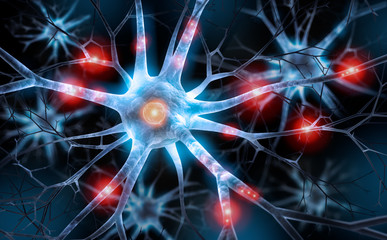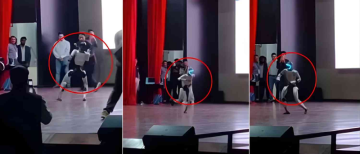In a significant breakthrough in the field of nerve regeneration, scientists have discovered a novel chemical compound called 1938 with promising potential for promoting nerve regrowth following injuries. The groundbreaking study, recently published in the renowned Journal Nature, involved a collaborative effort between researchers from University College London (UCL), MRC Laboratory of Molecular Biology (MRC LMB), and AstraZeneca.
The team conducted an extensive screening of molecules from AstraZeneca's chemical compound library, ultimately creating compound 1938, which effectively activates the phosphoinositide 3-kinase (PI3K) signalling pathway known for its crucial role in regulating cell growth. Through meticulous experimentation on heart tissue and nerve cells, the researchers made significant discoveries. Notably, they found that administering compound 1938 within the first 15 minutes of restoring blood flow after a heart attack yielded remarkable tissue protection, preventing the formation of necrotic tissue that often leads to long-term cardiac complications.

Additionally, the researchers observed the impressive potential of compound 1938 in promoting nerve growth when introduced to lab-grown nerve cells. To further validate its effectiveness, the team conducted tests on a rat model with a sciatic nerve injury. Encouragingly, the addition of compound 1938 to the injured nerve resulted in substantial recovery in the hind leg muscle, indicating successful nerve regeneration. Professor James Phillips, a distinguished senior author of the study from the esteemed UCL School of Pharmacy, emphasized the profound importance of these findings.

He drew attention to the lack of approved medications for nerve regeneration and the urgent need for advancements in this field. With great optimism, Professor Phillips highlighted the potential of PI3K-activating drugs, such as compound 1938, as potent catalysts for nerve regrowth. Furthermore, he proposed that localized delivery methods could effectively mitigate concerns related to off-target effects, which have hindered the success of previous compounds. This groundbreaking discovery presents a promising pathway for the development of innovative treatments aimed at facilitating nerve regeneration, instilling hope for individuals grappling with nerve damage caused by injuries or diseases.
© Copyright 2023. All Rights Reserved Powered by Vygr Media.
























